
Perennial Plants continue to live and grow year after year but are often dormant for part of the year. Herbaceous (non-woody) perennials are not always visible above ground but have underground roots or stems that allow the plant to reappear above ground when the conditions are right.
Pollinators may be most noticeable when they are gathering nectar and pollen from the flowers, but leaves and stems can be just as important to their survival. Seeds, berries, and insects all provide food for native birds as well.
A Grass That Benefits Pollinators
Little Blue Stem (Schizachyrium scoparium)
When you think of pollinator gardens, you may picture showy flowers rather than a grass like Little Blue Stem (Schizachyrium scoparium). But Little Blue Stem is a host plant for the caterpillars of butterflies that include multiple skipper species and the Common Wood-Nymph (Cercyonis pegala). That’s important because caterpillars tend to be a lot pickier about what kind of leaf they eat than adult butterflies are about where they get their nectar. Little bluestem also provides seeds and good nesting habitat for many birds.
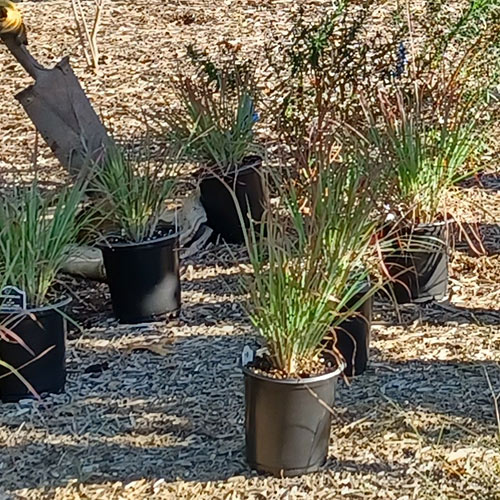
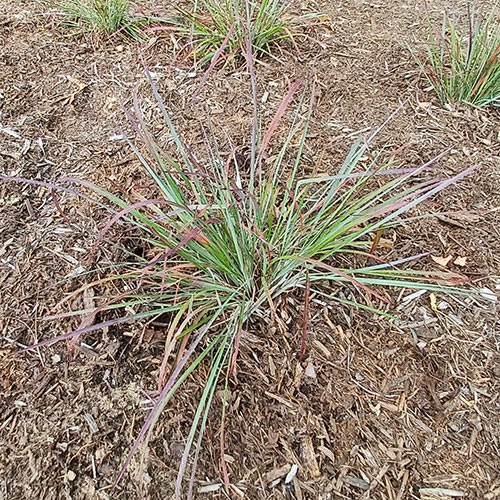

Flowers That Bloom in Late Summer and Fall
Black-eyed Susan (Rudbeckia fulgida)
Both Rudbeckia fulgida and Rudbeckia hirta are commonly called Black-eyed Susan. Most gardeners plant Rudbeckia fulgida because it is more reliably perennial than Rudbeckia hirta, which can be annual, biennial, or perennial.
Black-eyed Susans provide nectar for pollinators and are host to Wavy-lined Emerald (Synchlora aerata) moth and Silvery Checkerspot (Chlosyne nycteis) butterfly caterpillars.
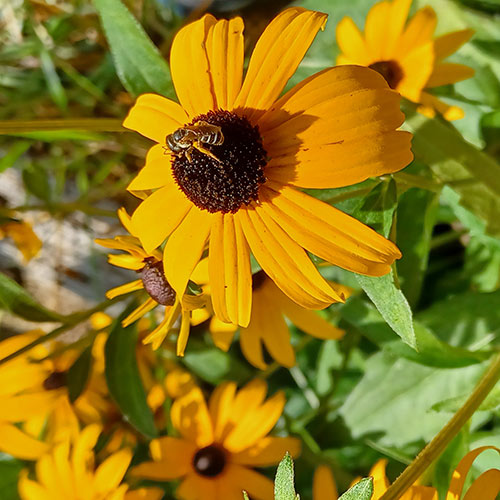

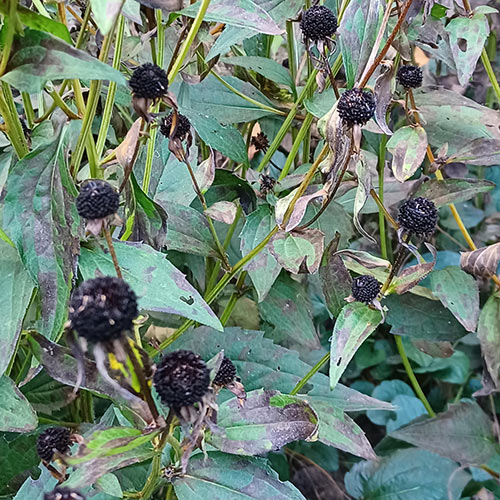
Aromatic Aster (Symphyotrichum oblongifolium)
These flowers provide nectar and pollen for bees, including long-tongued bees, short-tongued bees, small to medium-sized butterflies, and skippers. These insects seek nectar primarily, although the bees also collect pollen.

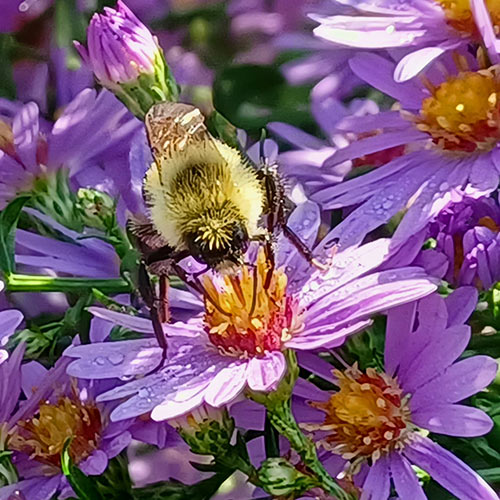

Nativars
Native cultivars (also known as nativars) are created by selecting and breeding the native plant (straight species) for specific characteristics, such as color, disease resistance, or height. These changes may impact the plant’s role in the ecosystem. In many cases, pollinators visit the cultivar less frequently than they visit the straight species, but a research study on the number of pollinator visits to flowers found that the ‘October Skies’ cultivar of Symphyotrichum oblongifolium was visited almost four times as often as the straight species.
Goldenrod (Solidago spp.)
Take a walk between late August and early October and you’ll see the bright golden yellow flowers of goldenrod, some may be planted in a garden and others blooming among invasive brush.
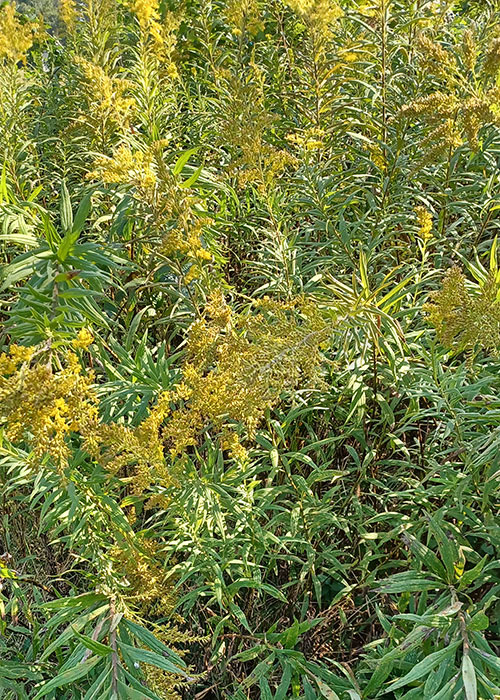


Goldenrod is Great for Pollinators
In addition to the flowers that provide pollen and nectar, the leaves of goldenrod provide food for many caterpillars of native butterflies and moths.
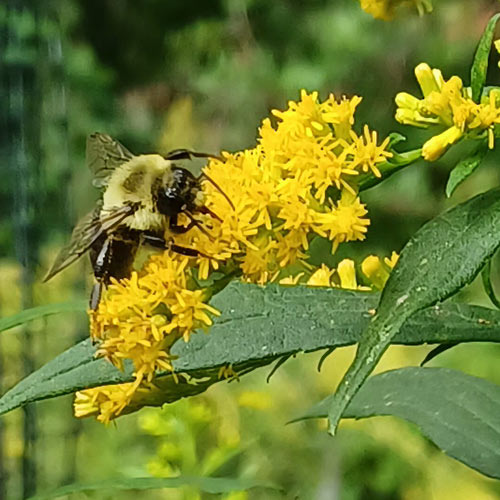
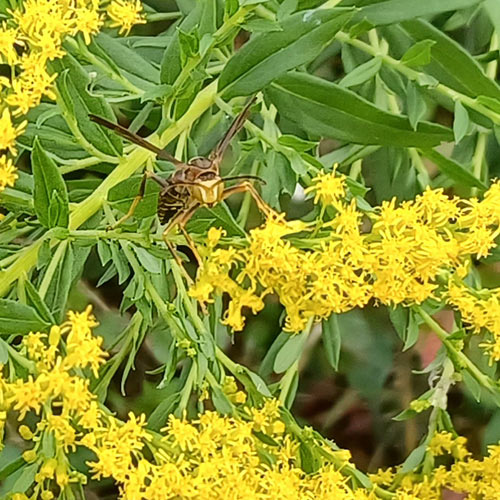
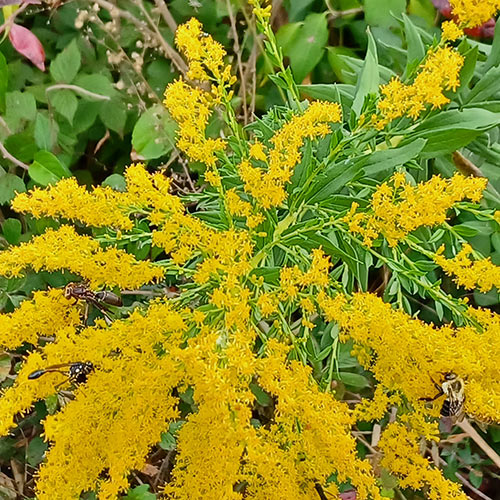
A Flower That Blooms in Early Spring
Golden ragwort (Packera aurea)
The bright yellow flowers of Golden Ragwort bloom in early spring, adding color to the garden and providing nectar and pollen for native bees and flies.

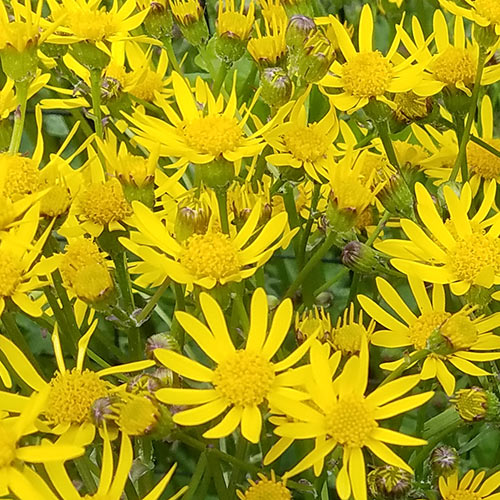
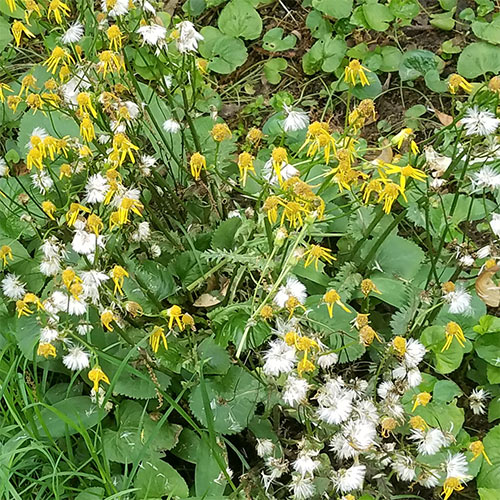
Photos on this page by Mary Smith, CC BY 2.0.
Find Out More
Read Attracting Pollinators to Your Garden Using Native Plants (PDF 3.5 MB) to learn more about some native pollinators.
See Native Plants for Wildlife Habitat and Conservation Landscaping, Chesapeake Bay Watershed (PDF 5.3 MB) for information on the characteristics, preferred growth conditions, habitat, and wildlife value of hundreds of native plants.
See our Native Plant Resources page for additional resources.

